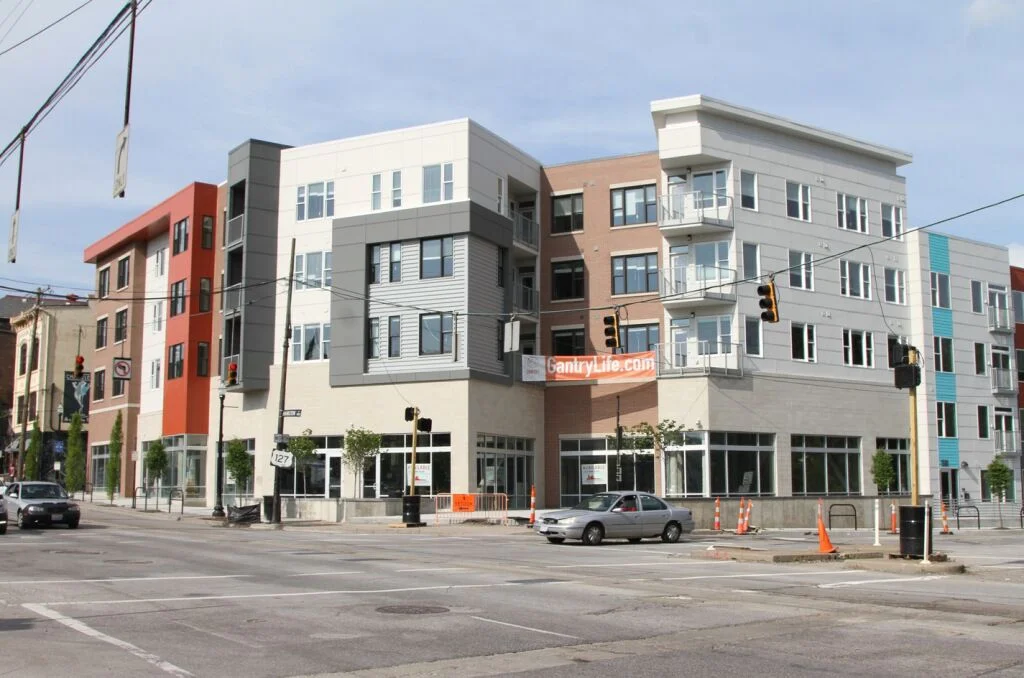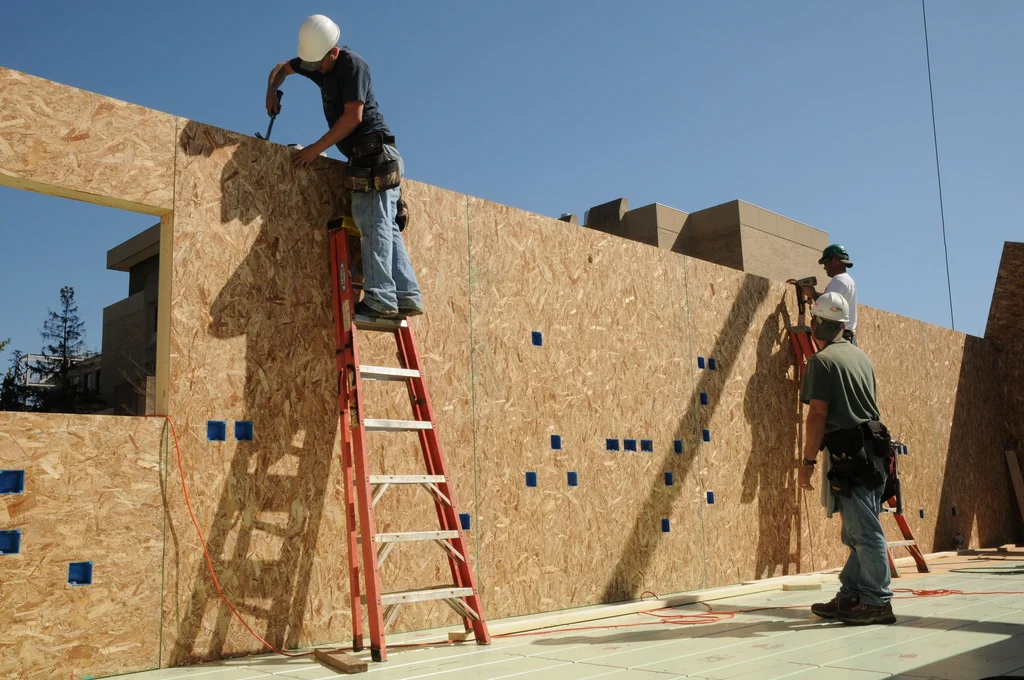Missing Middle development—anything from a duplex to a cottage court to a small apartment building—is an indispensable piece of the Strong Towns vision for cities that are resilient, adaptable, and can pay their bills. We need to revive a culture of building this way: here are 5 ways cities can start.
Read MoreIt’s time for mandatory parking minimums to go. That doesn’t mean, though, that the need for parking is going to magically disappear. We would also be wise to plan for smart, adaptable parking solutions, so our cities can incrementally urbanize.
Read MoreIn many areas of modern life, the market provides a cornucopia of choices to accommodate people’s diverse needs, wants, and tastes: just visit a supermarket to see this. When it comes to housing options, though, the reality is starkly different.
Read MoreMost apartments built today are in huge complexes along busy streets, not tucked away in quiet neighborhoods in “missing middle” buildings like fourplexes, which used to be common. But how did the missing middle go missing, anyway?
Read MoreNot every city’s situation is the same—but just about every city that needs more homes could benefit from one or more of these policies.
Read MoreMaking Room: Housing for a Changing America is a new report from the AARP and the National Building Museum that explores how the way Americans live together has changed—and how our housing stock hasn’t, but could.
Read MoreIt matters what size chunks we build our cities in. Making room for many small-scale development projects on small lots is the universal historical model for a reason, and modern cities could stand to get back to it.
Read MoreMinneapolis just became the first major U.S. city to embrace a key Strong Towns principle: every neighborhood should be allowed to evolve to the next increment of development.
Read More"Developers in my city are only building luxury housing. They're not building anything that ordinary people can afford." If you’ve said this lately, or heard someone else say it, here are five possible reasons why.
Read MoreIn Portland, Maine, some established developers are venturing into filling the need for workforce housing without the help of subsidies, even though it is less profitable.
Read More"Developers in my city are only building luxury housing. They're not building anything that ordinary people can afford." If you’ve said this lately, or heard someone else say it, here are five possible reasons why.
Read MoreWhile the landscape of Westland remains predominantly suburban, projects like this are steps toward upcycling and intensifying obsolete developments: an important shift from our historical habits of build-and-abandon.
Read MoreA diverse array of housing types in each neighborhood makes Tulsa, OK a surprisingly great town for millennials with children.
Read MoreSmall developers who want to build modest mixed-use buildings on their town's Main Street are not able to access the favorable financing available to the developers of large single use suburban apartment complexes.
Read MoreWe've all looked at a property or lot in our community and thought to ourselves: "If only somebody would do something with that." Well perhaps that somebody is you!
Read MoreDan Parolek is Principal at Opticos Design in Berkley, CA and talks about the Missing Middle in Housing and Form Based Codes in Cincinati and Austin.
Read MoreYou had one job; Johnny talks Silicon Valley and its strange suburban pattern; increased development and reduced traffic counts? It's working in West Palm Beach
Read More















